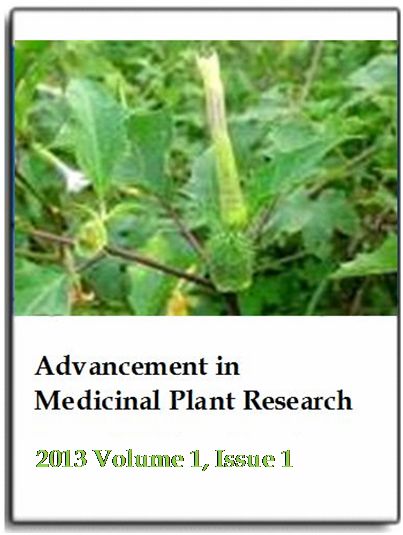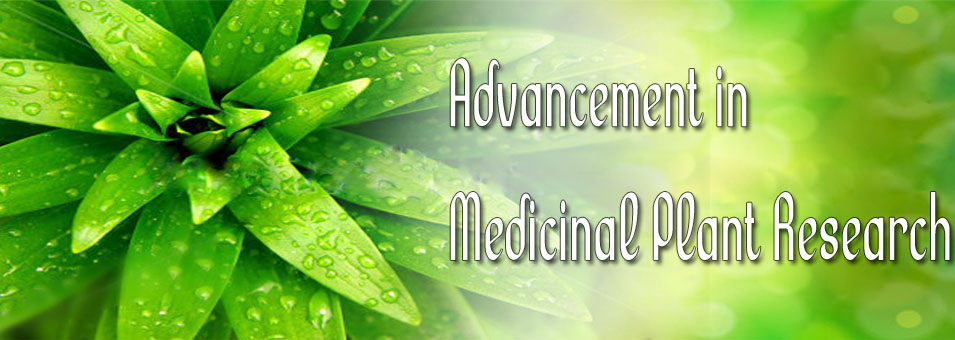Cultivation of medicinal plants and its contribution to livelihood enhancement in the Indian Central Himalayan Region
Vishwambhar Prasad SatiAdvancement in Medicinal Plant Research
Published: February 15 2013
Volume 1, Issue 1
Pages 17-23
Abstract
This article examines the potentials of cultivating medicinal plants and its contribution to livelihood enhancement in the Indian Central Himalayan Region. Here, medicinal plants have been growing traditionally and have been used through local health care system for the centuries. Until now, the production from the traditionally grown medicinal plants is considerably low. Meanwhile, the agro-ecological conditions in this region are very conducive for growing large-scale medicinal plants. Recently, the Government started cultivating medicinal plants in the mid-altitudes and the highlands through establishing poly-houses and providing them to the native farmers of the region. As a result of this, the farmers of the mid-altitudes and the highlands villages followed Government initiatives quite enthusiastically. However, lack of transportation facilities and unavailability of market still remains a major hurdle for the producers of medicinal plants. They do not get the actual returns from the products timely and adequately. Therefore, the pace of cultivating medicinal plants is slow. As medicinal plants require about two years to grow and turn into a complete product, it needs smooth market functioning and other infrastructural facilities, in spatial and temporal perspectives. This study was based upon the collection of primary data, which were gathered through participatory observation method and interview of the farmers and extension workers, involved in the cultivation of medicinal plants, after rapid field visit.
Keywords:Conservation, medicinal plants, livelihood, agro-climate, Indian Central Himalayan Region.
Full Text PDF
